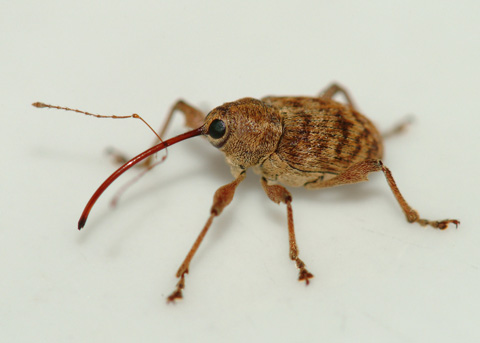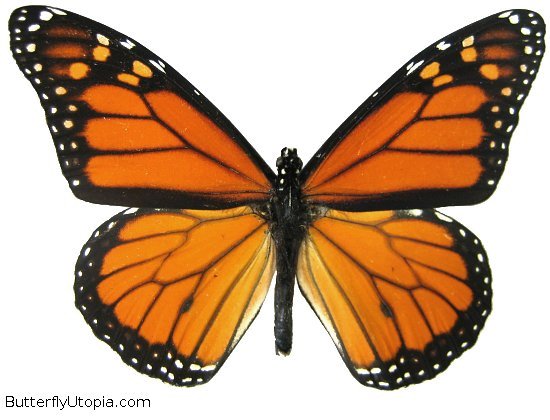This week for science we studied Acorn Weevils, although the study wasn't intentionally sought out or prepared. It went something like this:
Kids: "Mom, can we put this stuff we collected in a bowl? We think it looks nice."
Unsuspecting Mom: "Sure. Acorns and Japanese Lanterns are so pretty in the fall. What could possibly be wrong with having them inside the house?"
School was progressing normally, several days later, when Unsuspecting Mom suddenly grabbed one of the acorns out of the bowl and began staring at it intently. The kids glanced at each other with raised eyebrows and whispered, "Well, maybe Mom has finally gone off the deep end. She is acting rather weird. Still, she isn't TALKING to the acorn. If she were talking to the acorn we'd really need to be concerned about her sanity."
But then their worst fears were realized when Unsuspecting Mom actually spoke to the acorn: "What is that?" (What they didn't know is that their mother wasn't speaking to the acorn specifically, but rather generally to the gathered assembly of people and acorns and other soon-to-be discovered beings present in the room.)

Unsuspecting Mom (known as U.M. in future) held up the acorn in question for inspection, pointing out a little tiny round hole drilled in the side of the acorn. The children, while remaining suspicious of the state of their mother's mental abilities, were intrigued by the hole. They watched as U.M. dumped out the whole bowl of acorns on to a plate and then sorted back the various items. They noted that each acorn had a similar tiny hole.
After all the holey acorns had been put back in the bowl there remained some small white balls left on the plate. Then it happened again. U.M started talking to little white beads. "And what are you doing in my house?" she asked.
The children were just preparing to freak out about U.M.'s strange tendencies to speak to inanimate objects when one of the objects moved. In fact, it began to crawl. "EWWWW!" shouted the children. "Those are bugs! How did they get in there?"
"I think," announced U,M. "that you brought them when you brought the acorns inside. I think they were living inside the acorns and ate their way out."
And so it proved. After doing some
research online we discovered the our acorns had been hosting Acorn Weevil larva. These critters live inside the acorns all summer, and then when the acorns fall to the ground they eat their way out and burrow into the dirt. One or two years later they crawl back out of the ground looking like this:

Apparently squirrels can smell the presence of the weevils and leave those acorns behind during their fall feast, increasing the likelihood that children in a collecting mood will bring in weevily acorns as a gift to their unsuspecting mothers.
So, how can you tell scientifically if your mom is crazy or nerdy? If she talks to acorns she is crazy, but if she talks to bugs she is only nerdy.























































